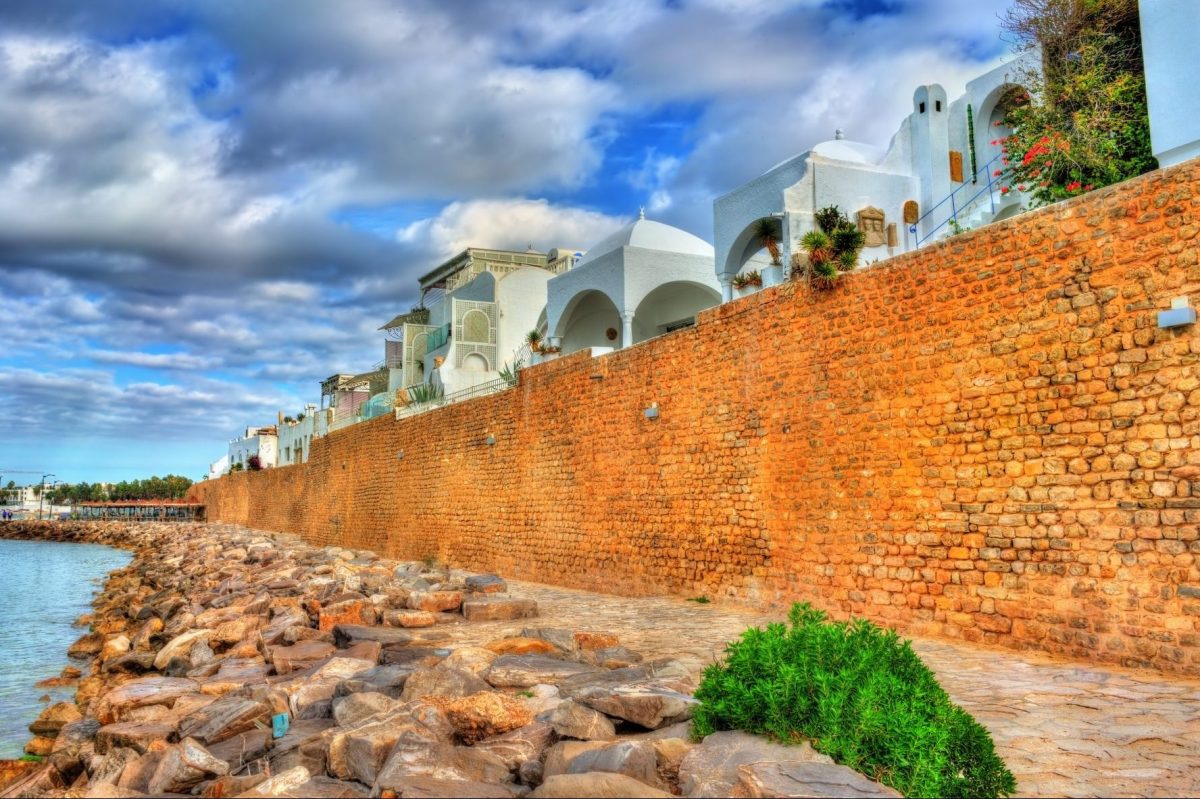How Tunisia Is Using U.S. Funds to Broaden Its Tourism Branding

Skift Take
The U.S. government is trying to help Tunisia develop a multifaceted destination brand, one that captures its diverse offerings and incorporates community stakeholders. That journey has come with obstacles from entrenched stakeholders, a historic beach image and developing visitor infrastructure.
In February, the U.S. government injected $50 million into Tunisia’s tourism sector through the United States Agency for International Development (USAID) under a five-year project called “Visit Tunisia.”
The project’s aim is to promote the northern African country of 12 million people as a high-quality tourist destination with diverse offerings, increase the number of tourists year-round, and create new source markets. A key objective is to have the country draw 11.5 million tourist arrivals by 2026.
The USAID, an independent agency of the U.S. federal government, doesn't typically assist global destinations with tourism marketing. In Tunisia's case, the agency has been investing in its economic and political development since its 2011 Revolution, which overthrew longtime president Zine El Abidine Ben Ali. “This was s
